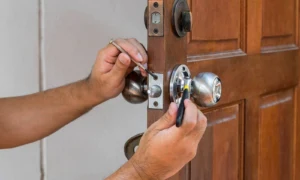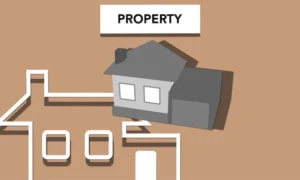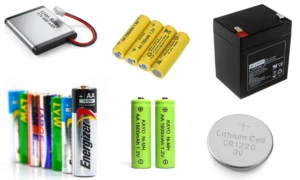Regular car inspections are essential for maintaining the safety, reliability, and longevity of your vehicle. A basic car inspection doesn’t require extensive mechanical knowledge but can go a long way in preventing potential issues and ensuring your car is roadworthy. In this comprehensive guide, we will walk you through the steps of performing a basic car inspection, empowering you to keep your vehicle in top condition. Additionally, we’ll touch upon the relevance of car removal for cash in Sydney services and how a thorough inspection plays a role in the decision-making process.
1. Start with the Exterior:
- Check the tires for adequate tread depth, even wear, and proper inflation. Inspect for cuts, bulges, or any foreign objects embedded in the tires.
- Examine the lights, including headlights, brake lights, turn signals, and taillights. Replace any bulbs that are dim or burnt out.
- Inspect the windshield and other windows for cracks or chips. Ensure that the wiper blades are in good condition.
- Look for signs of rust or corrosion on the body of the car, especially in vulnerable areas such as the wheel wells and undercarriage.
2. Under the Hood:
- Check the engine oil level and condition. If the oil appears dark and gritty, it may be time for an oil change.
- Inspect the transmission fluid, brake fluid, power steering fluid, and coolant levels. Top off any fluids that are low.
- Examine the battery for corrosion on the terminals and ensure that the connections are tight. If the battery is more than a few years old, consider having it tested.
- Check the serpentine belt for cracks or signs of wear. Replace it if necessary.
- Inspect hoses and belts for any signs of cracking, fraying, or leaks.
3. Interior Inspection:
- Test all interior lights, including dome lights and dashboard lights.
- Ensure that all gauges on the dashboard are functioning correctly.
- Check the condition of the seats, seatbelts, and floor mats. Look for any signs of unusual wear or damage.
- Test the air conditioning and heating systems to ensure they are working properly.
- Inspect the condition of the steering wheel, gear shift, and pedals.
4. Underneath the Car:
- Check for any signs of fluid leaks on the ground beneath the car. Different fluids (oil, transmission fluid, coolant) have distinct colors, making it easier to identify the source of the leak.
- Inspect the exhaust system for rust, holes, or damage. A healthy exhaust system is crucial for vehicle emissions and performance.
5. Test Drive:
- Take the car for a test drive to assess its overall performance. Pay attention to any unusual noises, vibrations, or handling issues.
- Test the brakes to ensure they respond promptly and without unusual noises.
6. Documentation and Next Steps:
- Keep a log of your inspections, noting any issues, maintenance tasks, or upcoming service requirements.
- If you discover significant issues during the inspection, consider consulting with a professional mechanic for a more in-depth assessment.
Car Removal Considerations
As part of your car ownership responsibilities, regular inspections contribute to the overall health of your vehicle. However, there may come a time when the cost of repairs outweighs the car’s value or when the vehicle is no longer roadworthy. In such cases, junk broken car removal services Sydney become a viable option for disposing of the vehicle responsibly.
7. The Importance of Car Removal Services:
- Car removal services offer a convenient solution for getting rid of old, damaged, or non-functional vehicles.
- These services often provide free towing, saving you the hassle and cost of transporting the vehicle to a junkyard or recycling facility.
8. Deciding When Car Removal is the Right Choice:
- If your car requires extensive repairs that exceed its market value, opting for car removal may be a financially sensible decision.
- Non-operational or abandoned vehicles can be efficiently removed by professional car removal services, freeing up space on your property.
9. Environmental Benefits of Car Removal:
- Car removal services often follow environmentally friendly practices, recycling and disposing of vehicles in an eco-conscious manner.
- Recycling components from old cars reduces the demand for new materials and minimizes the environmental impact of manufacturing.
10. How to Arrange for Car Removal
- Research local car removal services and choose a reputable provider.
- Contact the chosen service to schedule the removal. Provide accurate details about the car’s condition to receive an appropriate quote.
- Ensure that you have all necessary paperwork, such as the vehicle title, ready for the removal process.
Conclusion: Empowering Car Owners for Safer Roads and Responsible Disposal:
Performing a basic car inspection is a fundamental responsibility for every car owner. Not only does it contribute to the safety and reliability of your vehicle, but it also aids in making informed decisions about maintenance and repairs. Additionally, when the time comes to part ways with your car, whether due to extensive repairs or the end of its operational life, car removal services offer a convenient and environmentally responsible solution. By integrating regular inspections and responsible disposal practices, car owners play a crucial role in ensuring safer roads and a more sustainable approach to vehicle ownership.








































